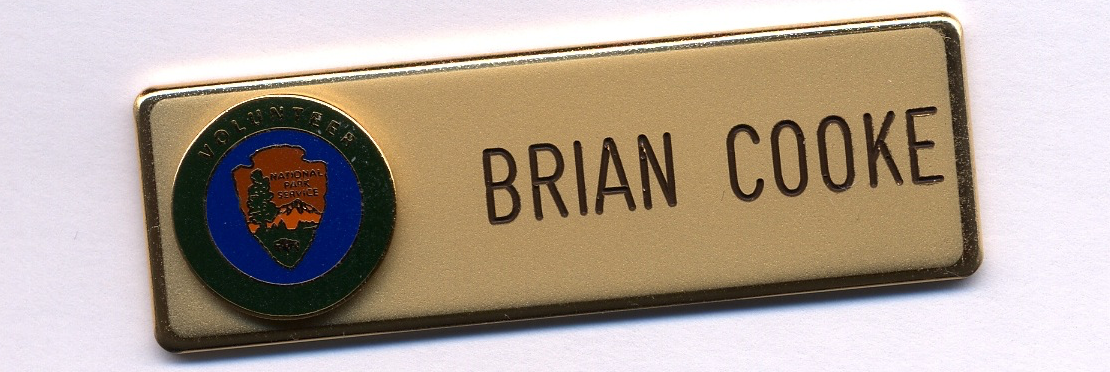
Murder, Mischief and Mayhem
Photo courtesy of Dan Ryan, www.brisbanegraphicartsmuseum.com
The Tale of an Environmental Storyteller
I studied science writing in college, but it wasn’t until I went to prison that I became a storyteller.
…Perhaps I should back up a little.
More than a few years ago, while living in New York and planning a trip to the Statue of Liberty, I found out that many of my New York friends and coworkers had never been there. They disdained it, in fact. “Too touristy,” they’d say. Or “Real New Yorkers don’t go there.” I went anyway.
When I moved to San Francisco, I heard the same thing about Alcatraz. “Why would you want to go there?”, my friends asked me.
I pondered this.
Well, I thought, there’s the scenery, the ferry ride, the history … why wouldn’t I want to go there?
Eventually I rebelled against what I considered to be a needlessly aloof attitude: Not only would I visit these places as often as I wanted, I’d use my training as a science writer and market researcher to prepare for the excursions. I’d come up with thoughtful questions for the tour guides. And if possible, I’d sign up for the extra-special, behind-the-scenes options.
For Alcatraz, this meant going on the night tour – a less-crowded experience, with access to areas that are off-limits to daytime public visitors. According to my research, if I lingered after guided tours and asked in just the right way, a tour guide might show me the basement cells and other places that only the most intrepid visitors get to see.
I skipped the prerecorded audio tour and found an idle tour guide named Wendy. She answered a few of my questions and then she asked me one of her own: “You seem pretty interested in this stuff. Have you ever thought about becoming a night tour volunteer?”
I hadn’t. And despite taking a public speaking course a few years before that, I still wasn’t comfortable speaking in front of groups. But after a visit to the “dungeon” that night and an interview with the Alcatraz volunteer manager, I signed up to become a night-tour guide. Once a week for the next four years, I rode the ferry to Alcatraz, greeted visitors, and spun mostly true tales about life and death on The Rock. I was given keys that provided access to the roof, the basement, the morgue and more. When visitors showed interest or were simply in the right place at the right time, I took them with me.
Before I was allowed to lead tours, however, I had to take a federal government public speaking course that was called Interpretive Training, or “Interp” for short. Along with other volunteers and trainees, I learned how to connect with listeners on emotional and intellectual levels. I heard the story of a seasoned Alcatraz tour guide named Jim who, faced with a crowd of disinterested and unruly urban high schoolers, stepped to the microphone and announced in his best crowd voice, “Today we’re going to talk about murder, mischief and mayhem.”
The chatter stopped. He had that group’s attention, and he kept it for the next hour.
I pondered this.
Part of my job as a volunteer tour guide was to research and design my own presentations – to choose the stories that I would tell, and then to present them in a way that was memorable, insightful, educational, and entertaining. But I realized that I could also use this approach in my writing. Everyone loves a good story, right?
As a science writer, I’m expected to quickly grasp enough of the technical details to explain them succinctly to a wide audience. But explaining is not enough. If you’re writing for a wide audience, you have to present something that people actually want to read. Just like Jim did, you need to understand your audience, grab their attention and keep it to the end.
I’ve found that almost any topic, even the most dry and scientific, has at least one good story behind it. It might be a case study, a literary or historical connection or an interesting bit of trivia. If I can find that story and weave it into my writing, the end result can be something that not only explains, but informs, amuses and inspires.
In the years since my Alcatraz night tour guide experience ended, I’ve written dozens of newsletters and articles for the US Forest Service and other federal agencies, along with many of their environmental and nonprofit partners. Whenever possible, I’ve used a storytelling approach to help describe cutting-edge research that promotes environmental health and sustainability. Whenever I can, I write in a way that draws people in and makes a connection.
Some people might simply call this good writing, or maybe even thoughtful scientific communication. I think it goes beyond that. I call it environmental storytelling.
